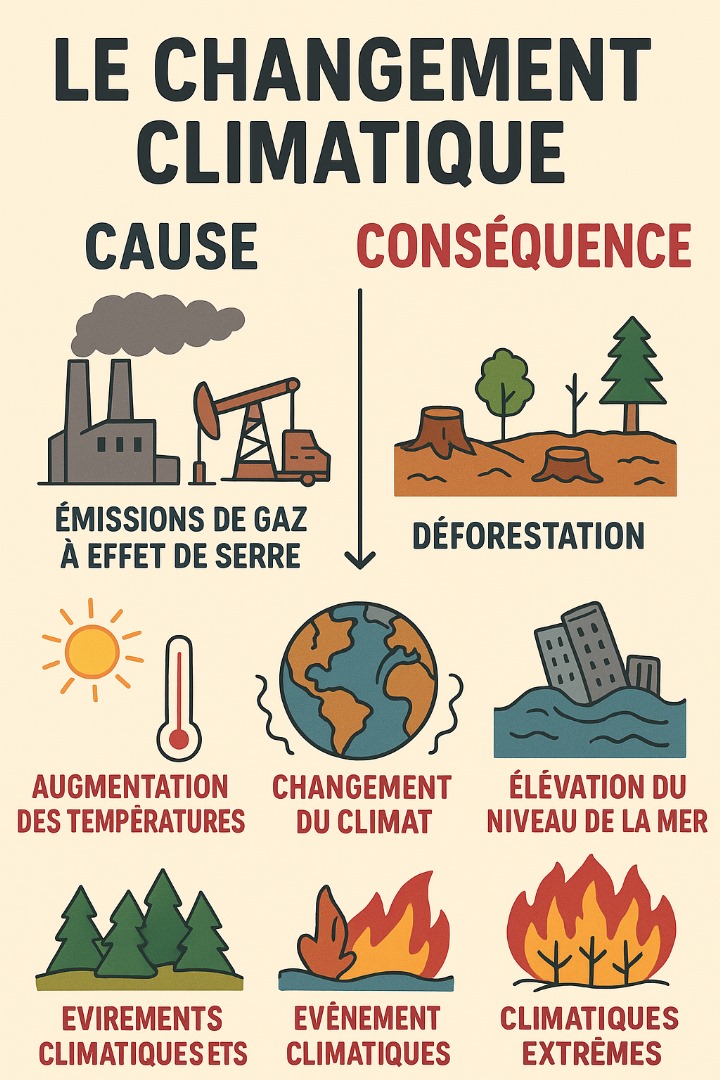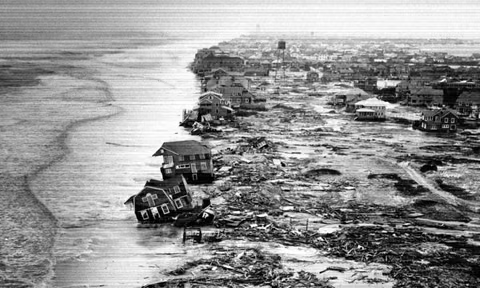By Amidou Djo-Ouro, ZigFM Radio (Senegal) — For WAJESHA
At the close of a six-week training program organized by the West African Journalists for Environment, Science, Health and Agriculture (WAJESHA), newly inducted members of the network were challenged to put their skills into practice. Following the official launch of WAJESHA on August 15, participants were assigned various reporting tasks, including the analysis of an image that powerfully illustrates the link between human actions and climate change.

The infographic under review draws a sharp contrast between causes and consequences. On one side, it highlights the drivers of climate disruption: greenhouse gas emissions from industries and fossil fuel use, coupled with widespread deforestation that reduces the Earth’s natural ability to absorb carbon.
On the other side, it depicts the impacts already unfolding worldwide, rising global temperatures, sea-level increases threatening coastal populations, and an escalation of extreme weather events such as storms, wildfires, and floods.
With its straightforward yet compelling visuals, the graphic translates the complexity of climate science into a language that is universally understood. It underscores the urgent reality that climate change is not an abstract concept confined to reports and statistics but a lived crisis with profound implications for ecosystems and communities.
For WAJESHA, the exercise reinforces the role of journalism in bridging the gap between science and society, ensuring that the human dimensions of climate change, both causes and effects, remain at the center of public debate and policymaking.
